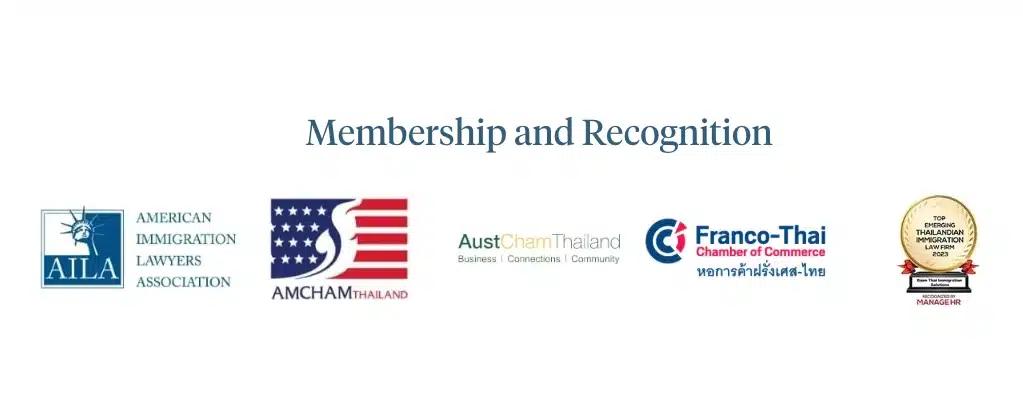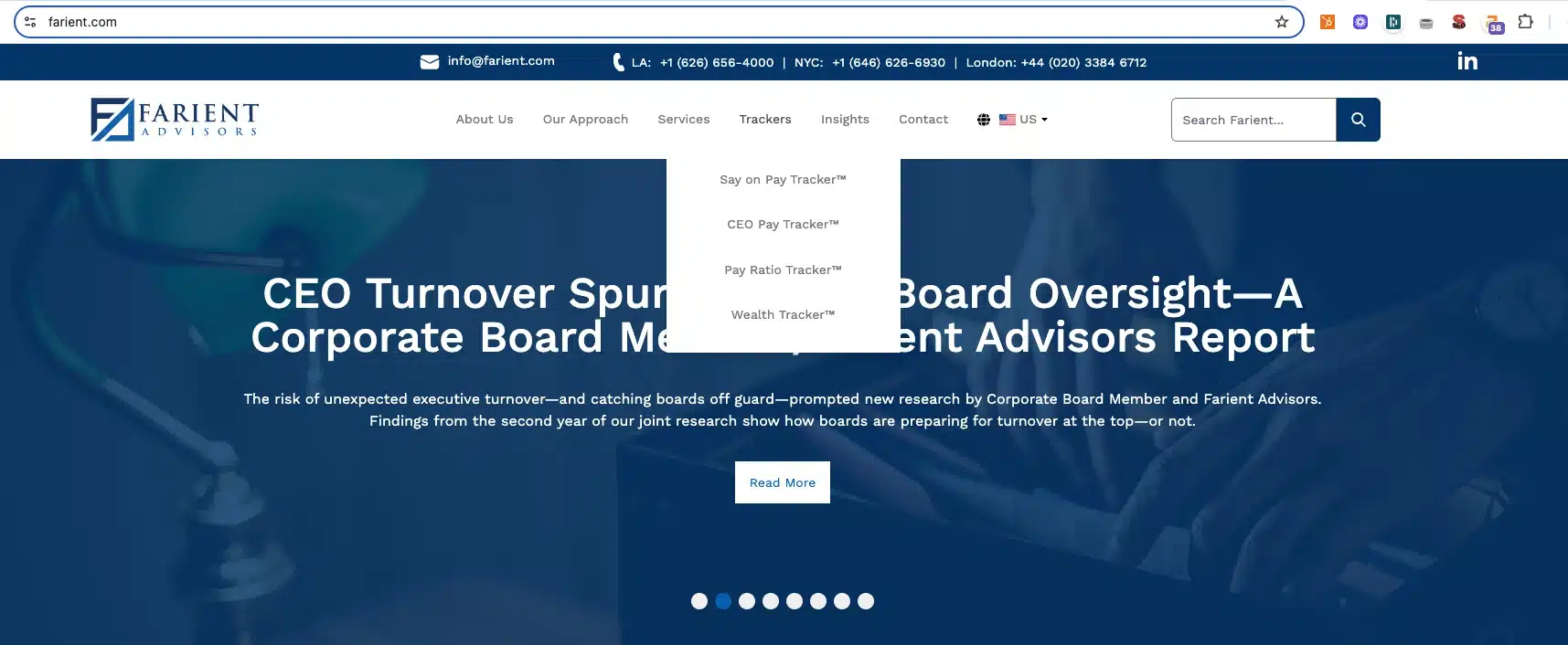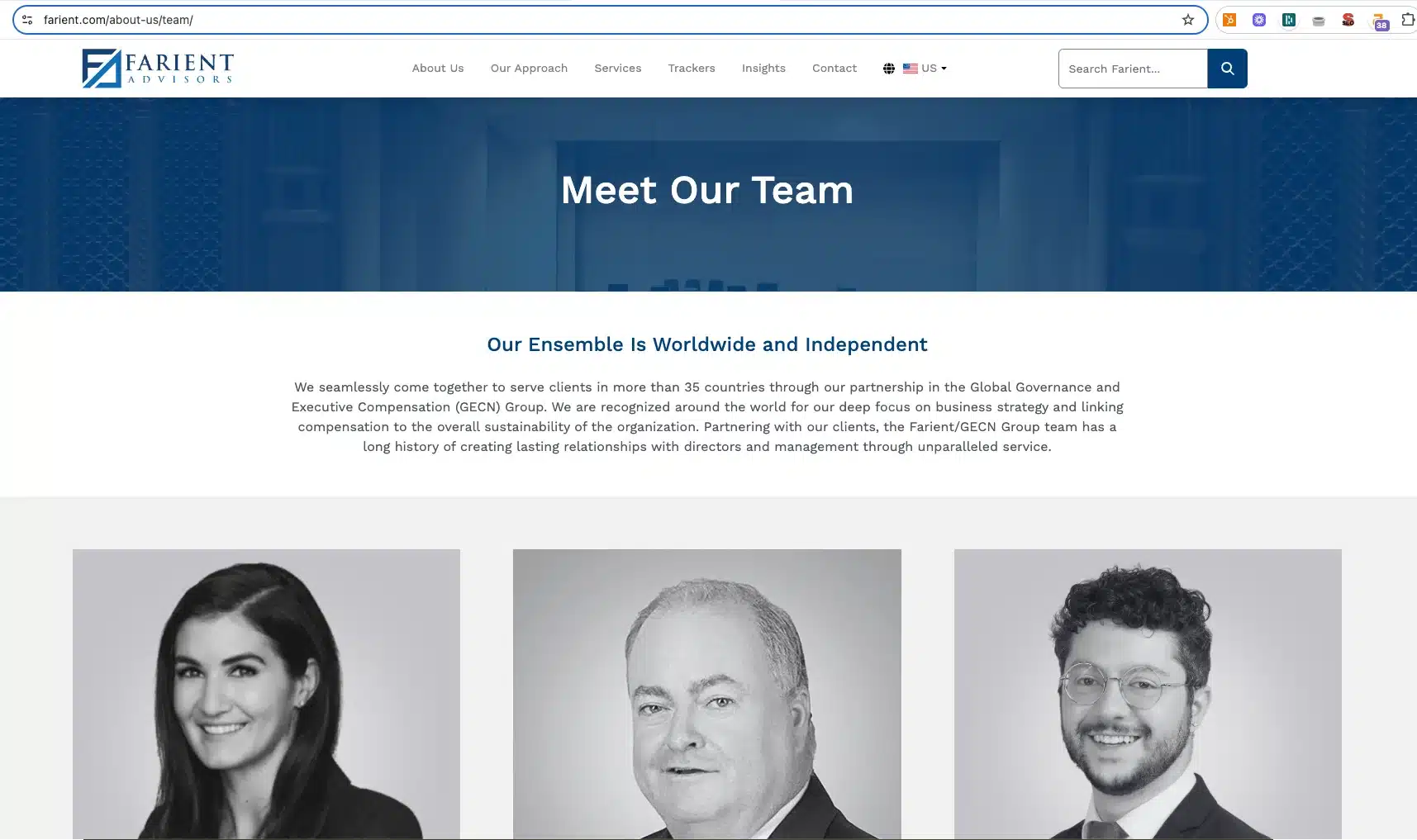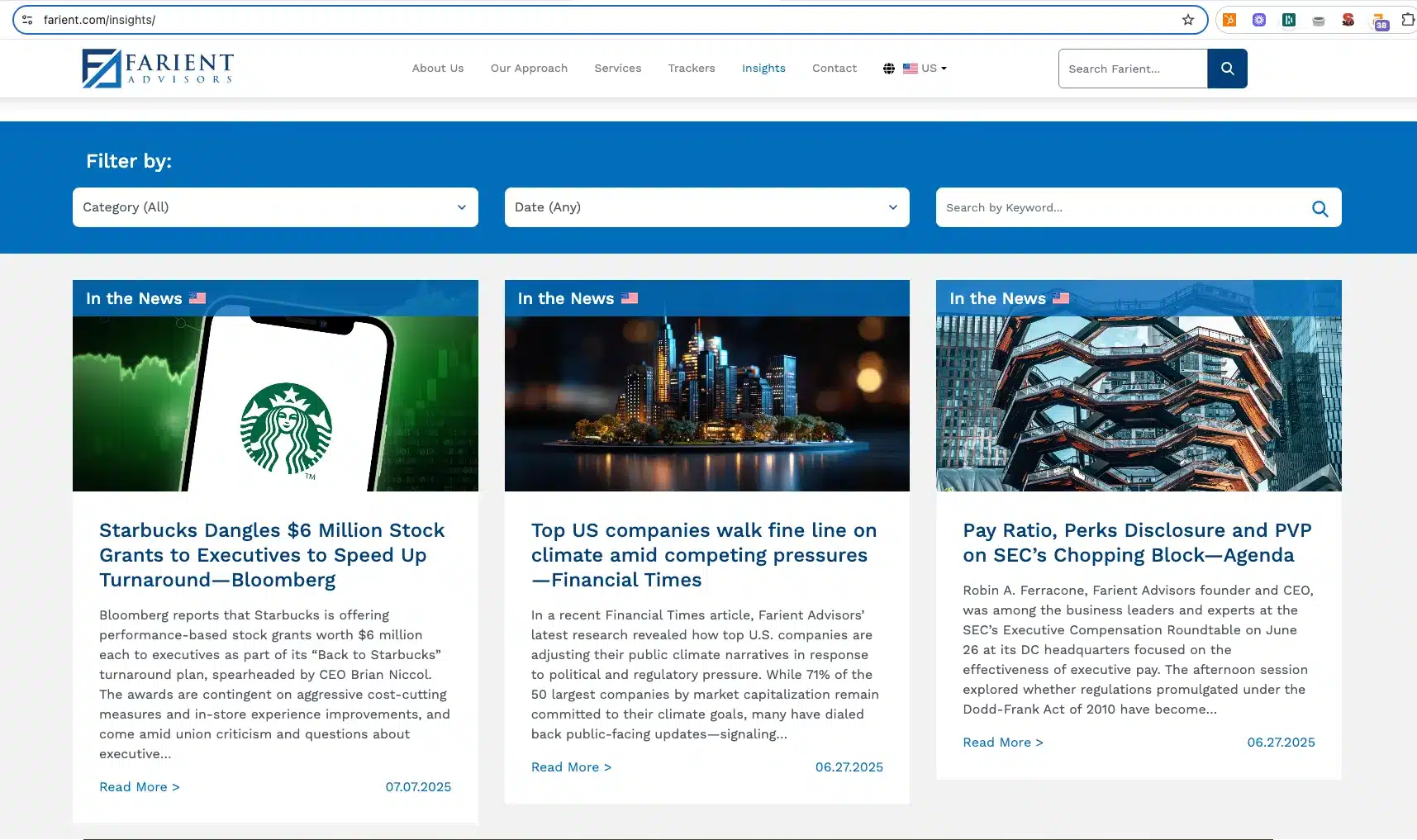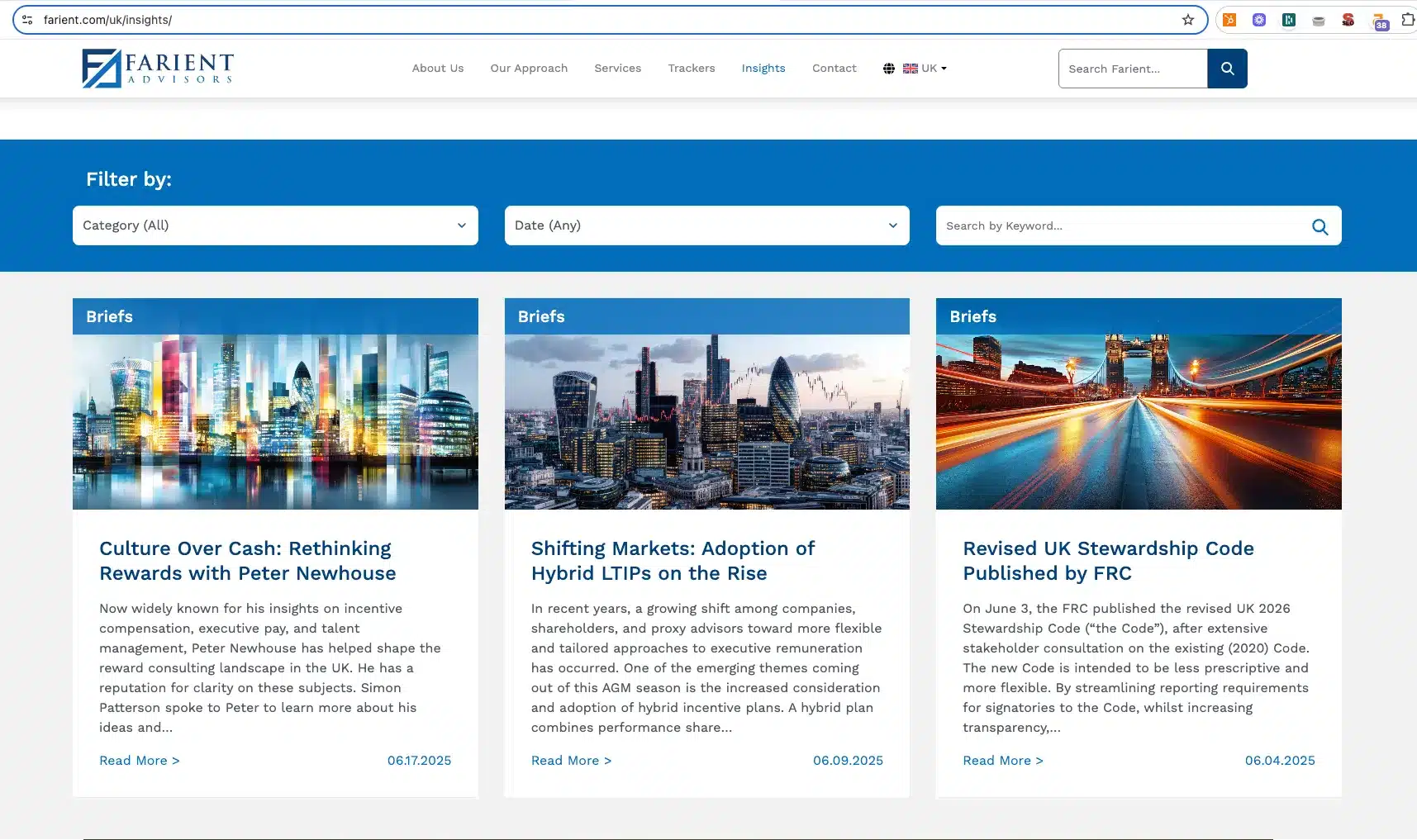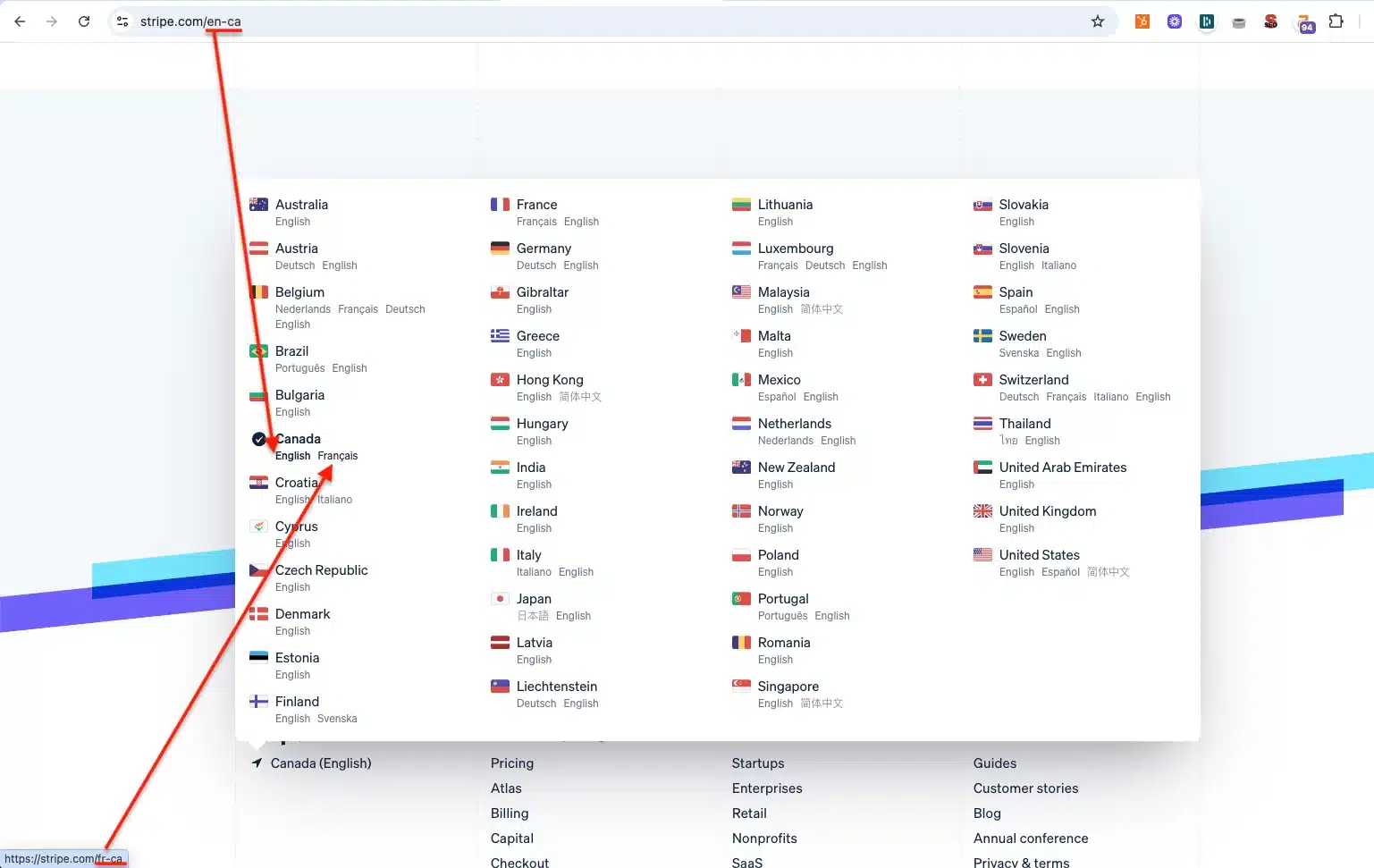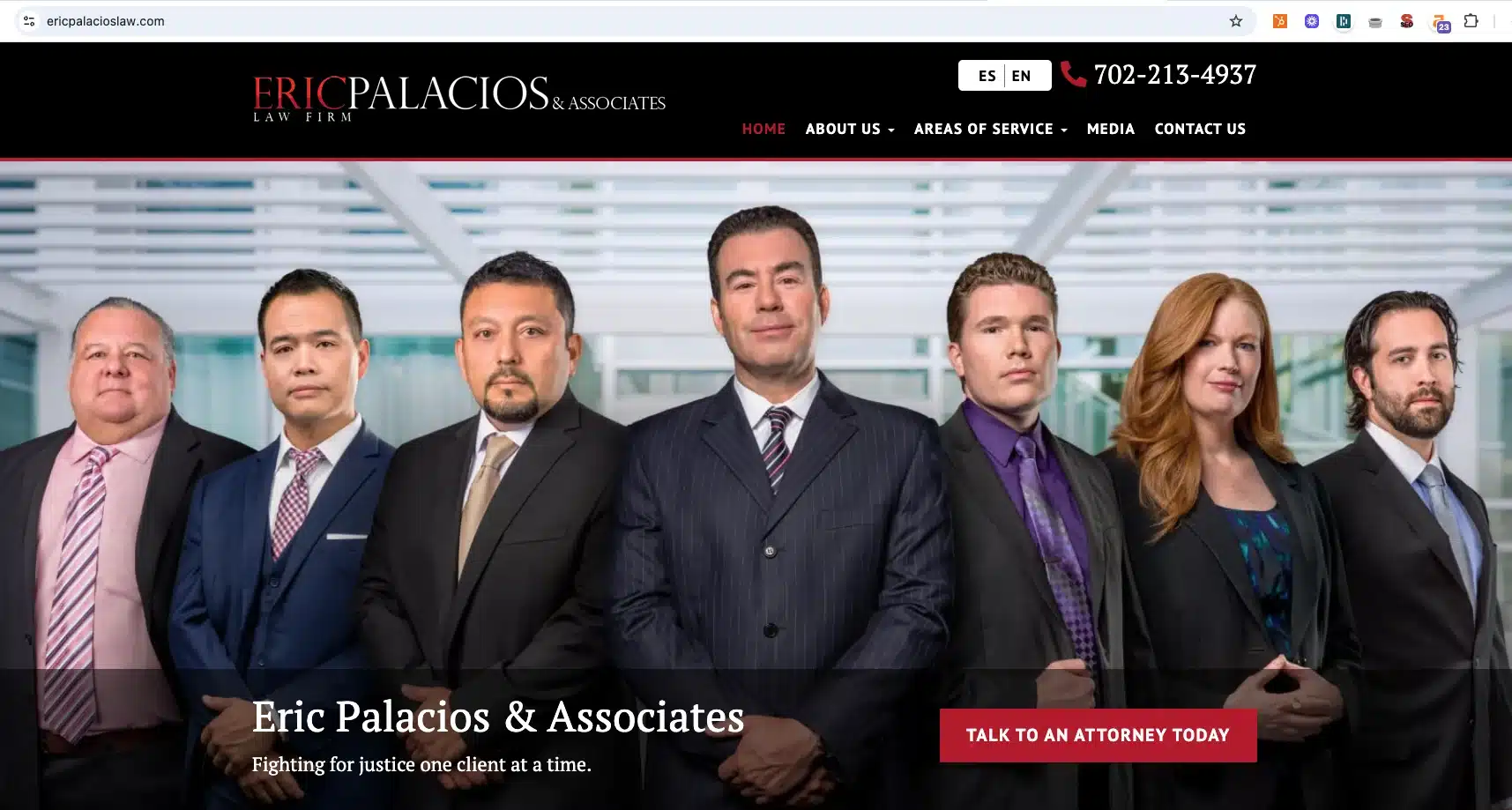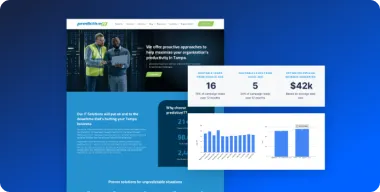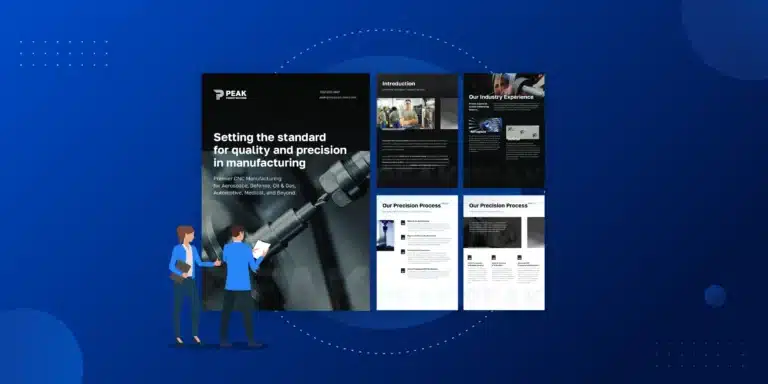Your business is succeeding nationally, but you see immense untapped potential in international or multilingual markets.
The biggest question is, “How do you capture it without costly mistakes?”
The answer lies in a disciplined, strategic approach to reaching new audiences.
This is where International SEO comes in.
It is the key to unlocking global growth.
As defined by experts, “International SEO is the process of optimizing multilingual or multinational websites to improve their visibility, organic traffic, and overall performance across multiple countries and/or languages.” (Source: Search Engine Land).
This guide provides a step-by-step framework that breaks down this complex topic into clear, actionable steps. We’ll cover everything from market research and technical setup to content localization. While the process has its hurdles—technical complexity, cultural nuances, and resource allocation—getting it right will build a credible global brand and open up a world of new customers.
Key Takeaways
- Foundation First – Do keyword research per country: A successful international SEO strategy begins with data-driven, country-level keyword research to validate opportunities before you build anything. Direct translations aren’t ideal since there might be a users in different country may use different terms.
- Structure is Critical: Your choice of website structure (ccTLD, subdomain, or subdirectory) has long-term impacts on your budget, management, and SEO authority.
- Technical Precision is Non-Negotiable: Correctly implementing hreflang tags is the most important technical signal to ensure search engines show the right page to the right user.
- Culture Over literal Translation: True international success comes from localizing your content—adapting language, currency, and imagery to resonate with cultural nuances—not just translating words.
4-Step International SEO Strategy Checklist
- Search & Keyword Research for International Audiences
- Choose Your International Website Structure
- Implement Core Technical International SEO
- Localize, Don’t Just Translate Your Content
First, What’s the Difference? International SEO vs. Global SEO vs. Local SEO vs. Multilingual SEO
Before diving into the “how-to,” it’s crucial to understand the terminology.
You may be familiar with local SEO, but international SEO serves a very different purpose.
- International SEO: Targeting specific countries and/or languages (e.g., a US company targeting customers in Mexico and Canada).
- Global SEO: A broader approach targeting a language worldwide (e.g., targeting all Spanish speakers, regardless of their location).
- Local SEO: Targeting customers in a specific city or service area (e.g., “lawyers in Vancouver”).
- Multilingual SEO: Targeting users who speak different languages, regardless of their geographic location (e.g. a Canadian company optimizing a website to serve content in English and French versions or a US law firm for English and Spanish)
This table breaks down the key differences for clarity:
Feature |
International SEO |
Local SEO |
|---|---|---|
| Target Audience | Users in specific countries or who speak specific languages | Users in a specific geographic location (city, state, zip code) |
| Goal | Rank for relevant terms in multiple target countries/languages | Rank in local map packs and organic results for a defined service area |
| Key Signals | hreflang tags, ccTLDs/subdirectories, localized content, local currency/contact info | Google Business Profile, NAP consistency, local citations, local reviews |
Step 1: Search & Keyword Research for International Audiences
Jumping into a new market without data is a recipe for wasted time and money.
Your first step is always research to validate your assumptions and build a business case. As Milengo advises, “The first logical step in your international SEO strategy is to decide on an international market. Make sure to include SEO criteria in your market analysis.”
How to Identify Organic Search Viability for your International SEO Strategy
Use data to gauge demand and feasibility.
Start by looking at organic search trends in your target countries using tools like Google Trends.
This helps you understand if people are actually searching for your products or services.
What search engines are international audiences using?
International audiences use a variety of search engines beyond Google, depending on their geographic location and local preferences. While Google dominates globally, several regions have their own preferred search platforms.
China relies heavily on Baidu, which serves as the primary search engine since Google has limited access in the Chinese market. South Korea shows strong usage of Naver, a homegrown search platform that integrates social features and local content. In Russia, Yandex commands significant market share and is particularly effective for Russian-language searches.
Other notable regional preferences include DuckDuckGo gaining traction among privacy-conscious users worldwide, Bing maintaining relevance in certain markets, and Yahoo still holding users in specific regions like Japan. Some countries also have emerging local search platforms that cater to specific cultural and linguistic needs.
Understanding these regional search engine preferences is crucial for businesses targeting international markets, as each platform operates with different algorithms and ranking factors. Success in international SEO requires optimizing for the search engines that your specific target audience actually uses, rather than assuming Google dominance applies everywhere
How to do link building for an international website?
Link building for international websites requires a localized approach that goes beyond traditional tactics. Start by identifying high-authority websites, directories, and publications that are relevant to each specific target market rather than relying solely on global or English-language sites.
Research local industry publications and news sites in each target region, as these often carry more weight with local search engines and audiences. Look for country-specific business directories, trade associations, and professional organizations that offer listing opportunities. Many regions have their own versions of industry-standard directories that may be more valuable than international alternatives.
For example, see the local business memberships of an American-owned law firm operating in Thailand and serving English and Thai-speaking clients.
Build relationships with local influencers, bloggers, and content creators who can provide authentic backlinks from within your target market. Guest posting on regional blogs and contributing to local online communities can establish credibility and generate quality backlinks that search engines recognize as geographically relevant.
Consider language-specific link opportunities by connecting with websites that publish in your target languages, even if they’re not necessarily in your primary geographic markets. Partner with local businesses for cross-promotional opportunities, sponsor regional events, or collaborate with local educational institutions.
Tailor your outreach strategy to respect cultural communication preferences and business practices in each market. What works for link building in one country may not be effective or appropriate in another, so adapt your approach accordingly while maintaining consistent quality standards across all markets.
How to Conduct International Keyword Research
One of the biggest mistakes in international SEO is simply translating your existing keywords.
A word-for-word translation often misses local searcher intent, slang, and dialect. For example, users in the UK search for “holiday,” while users in the US search for “vacation.”
USA Keyword Volume

UK Keyword Volume

To do this right, you need to research how your target audience actually searches.
Use SEO tools like Ahrefs or Semrush to filter keyword data by country. This will reveal the true search volumes, keyword difficulty, and related terms people are using in that specific market, giving you a much more accurate picture of the opportunity.
Step 2: Choose Your International Website Structure
This is one of the most critical and permanent decisions you’ll make.
The way you structure your website for different countries or languages directly impacts your budget, how you manage content, and your site’s SEO authority.
Here are the three main options.
Structure Option |
Example |
Pros |
Cons |
|---|---|---|---|
| Country Code Top-Level Domains (ccTLDs) | yourbrand.fr (for France) yourbrand.de (for Germany) |
Strongest geographic signal to search engines and users, clearly indicating the site is for a specific country. | Most expensive and resource-intensive option. Each site is a separate entity, meaning SEO authority is split, and you have to build links and credibility for each domain from scratch. |
| Subdomains | fr.yourbrand.com de.yourbrand.com |
Relatively easy and inexpensive to set up. Allows hosting each version on a server in its target country, which can help with page speed. | Search engines may treat subdomains as separate websites, which can dilute your primary domain's authority. Link equity might not pass as effectively between them. |
| Subdirectories (Subfolders) | yourbrand.com/fr yourbrand.com/de/ |
Easiest and most cost-effective structure to manage. All versions live on a single domain, consolidating SEO authority and link equity. Any links built to any version benefit the entire site. | It sends a weaker geo-signal to search engines compared to a ccTLD, and all versions are typically hosted on a single server location. |
Expert Recommendation: For most businesses—especially those modernizing an existing site or expanding internationally for the first time—subdirectories are the most practical, budget-friendly, and SEO-efficient choice. They consolidate your authority and simplify management.
Example of an International Website Structure with 1 Language Only
Per the previous example we mentioned above, a word-for-word translation may not always work, even when operating in the same language.
Another reason for this may also be that certain services or products may only be available in certain countries.
Below is an example from a B2B financial consulting firm with operations in both the US and the UK.
The primary website is https://farient.com/ and linked to their US operations.
The secondary site is https://farient.com/uk/ and linked to their UK operations. While the primary nav is the same, you can see from the dropdown menu that they offer different types of products and services in those two different countries.
Choosing such a structure allows for customizing content for your local audience. Beyond products and services offered, this is particularly useful when you have different teams and thought leadership articles.
Different Leaders shown in the About Us Team page
US vs. UK Blog Insights Examples
Step 3: Implement Core Technical International SEO
Once your structure is decided, the next step is getting the technical signals right. This tells search engines like Google exactly which version of your page to show to which user.
Mastering Hreflang Tags: The Language of International SEO
Hreflang tags are the most important technical element in international SEO.
They are simple code snippets in your page’s <head> section that tell search engines, “This is the English-UK version of this page, and here is the link to the French-Canada version.”
A correctly formatted hreflang tag looks like this:
<link rel=”alternate” hreflang=”fr-ca” href=”https://yourbrand.com/fr-CA/” />
Two critical rules for hreflang tags:
- Use Return Tags: If your English page links to your French page, the French page must link back to the English page. They have to reference each other.
- Use an x-default Tag: This tag specifies a fallback page for users whose language or region doesn’t match any of your specific versions. It’s a crucial safety net.
Other Essential Technical Signals
- Canonical Tags: When you have very similar pages (e.g., an en-US and en-GB version with only minor spelling and currency differences), canonical tags are essential. They tell search engines which page is the “master” version, preventing duplicate content issues.
- XML Sitemaps: To help Google find all your different language and country versions quickly, create sitemaps that include hreflang annotations. This gives Google a clear map of your entire international site structure.
- Server Location & CDNs: Page speed is a major ranking factor. A Content Delivery Network (CDN) is crucial for ensuring fast load times for all your users, regardless of where they are in the world. A CDN stores a cached version of your site on servers globally, so content is delivered from a location physically closer to the user.
International SEO Strategy Example: Stripe Website
Here’s how Stripe handle this for their own website:
Website Version |
URL for Each Country Language |
Hfreflang Tag |
|---|---|---|
| English in Canada | https://stripe.com/en-ca | <link rel="alternate" href="https://stripe.com/en-ca" hreflang="en-CA"> |
| French in Canada | https://stripe.com/fr-ca | <link rel="alternate" href="https://stripe.com/fr-ca" hreflang="fr-CA"> |
You may also notice that as Stripe not only has an international website and SEO strategy but also a multilingual strategy at a country level.
For example, in the US, Stripe offers its website in English (https://stripe.com/us), but also in Spanish (https://stripe.com/es-us) and even in Chinese (https://stripe.com/zh-us). This reflects not only the diverse languages spoken in a given country but also who their customers are and how they work with Stripe. There are separate website versions in Spanish for both Mexico (https://stripe.com/mx) and Spain (https://stripe.com/es), whereas there’s no actual Chinese language version for mainland China but there is one for Hong Kong (https://stripe.com/zh-hk), which still operates as a special administrative region of China.
Multilingual SEO Strategy Examples: Eric Palacios & Associates
To show the difference between a complex, international SEO strategy such as Stripe’s and a simpler multilingual SEO strategy, take a look at the example below from a US-based law firm, Eric Palacios & Associates, which serves an English-speaking as well as a local Spanish-speaking clientele.
Website Version |
URL for Each Country Language |
Hfreflang Tag |
|---|---|---|
| English in the US | https://ericpalacioslaw.com/ | <link rel="alternate" hreflang="en-US" href="https://ericpalacioslaw.com/"> |
| Spanish in the US | https://ericpalacioslaw.com/es/ | <link rel="alternate" hreflang="es-ES" href="https://ericpalacioslaw.com/es/"> |
Step 4: Localize, Don't Just Translate Your Content
- Language & Tone: Go beyond direct translation to incorporate local dialects, idioms, and the appropriate tone (e.g., professional vs. casual).
- Currency, Date Formats, and Measurements: Displaying prices in the local currency (€ vs. $), using the correct date format (DD/MM/YYYY vs. MM/DD/YYYY), and using local units of measurement are small details that build immense trust.
- Imagery & Visuals: Use photos and graphics that feature local people, landmarks, and culturally appropriate scenes. Stock photos of a North American office won’t resonate with an audience in Thailand.
- Local Contact Info, Social Proof, and Payment Methods: Include local addresses, phone numbers, and customer reviews from that region. Offering familiar payment methods is also critical for conversions.
Common International SEO Pitfalls to Avoid
Learning from the mistakes of others can save you significant time and resources. Here are the most common and costly pitfalls to avoid.
- Mistake #1: Relying on Automatic Translation Plugins: While tempting, these tools often produce nonsensical phrasing and a poor user experience. This can seriously damage your brand’s credibility. Always invest in professional human translation and localization.
- Mistake #2: Incorrect Hreflang Implementation: This is the #1 technical error we see. Common issues include using the wrong country/language codes (e.g., en-UK instead of the correct en-GB) or missing the critical return tags.
- Mistake #3: Forcing Users with IP Redirects: Automatically redirecting users based on their IP address can frustrate them and prevent search engines from crawling all versions of your site. Always provide a clear, clickable option for users to choose their preferred country/language.
- Mistake #4: Forgetting to Localize “The Little Things”: Overlooking currency, date formats, and local contact numbers is a clear signal to users that you aren’t truly local and don’t understand their market.
How to Measure Success & Essential Tools
You can’t improve what you don’t measure. Setting up proper tracking is the only way to know if your international SEO strategy is delivering ROI.
Tracking Your Performance
- Google Search Console: Set up separate properties for each subdirectory or subdomain. This allows you to isolate performance data (clicks, impressions, CTR) by country and find country-specific technical issues.
- Google Analytics: Use segments to filter your traffic, user behavior, and conversion data by country or language. This will show you how users from different regions are interacting with your site.
- Rank Tracking: Use a dedicated rank tracking tool to monitor your keyword rankings in each target country. This shows your visibility progress where it matters most.
Your International SEO Toolkit
- Research: Google Trends, Semrush, Ahrefs
- Technical Implementation: Hreflang Tags Generator Tool, Screaming Frog SEO Spider
- WordPress Platform: Plugins like WPML or TranslatePress for managing multilingual content.
Conclusion
Expanding your business into new international markets is a powerful growth lever. A successful international SEO strategy is a journey that merges strategic research, technical precision, and deep cultural empathy. When done right, this strategy doesn’t just earn traffic—it builds a credible global brand and connects you with a world of new customers.
Developing and executing a flawless international SEO strategy is complex, especially during a website rebuild. If you need an expert partner to guide your global expansion and ensure it’s done right from the start, our team is here to help. Explore Pronto’s National & International SEO Services.


